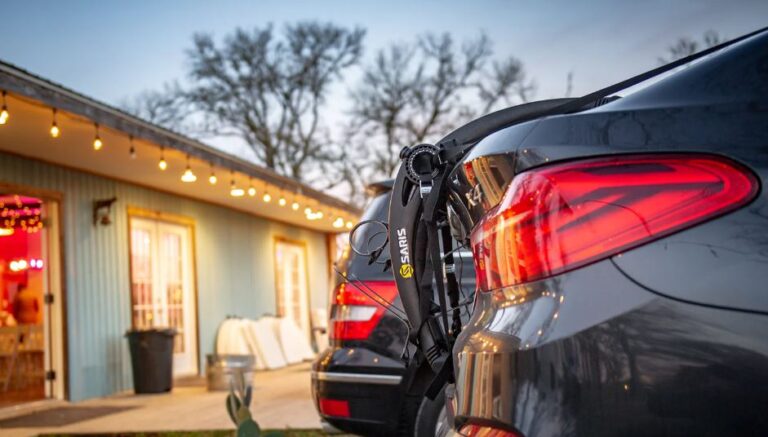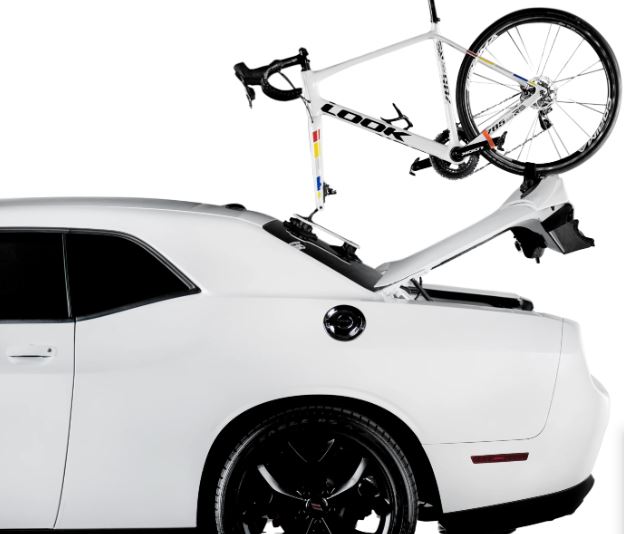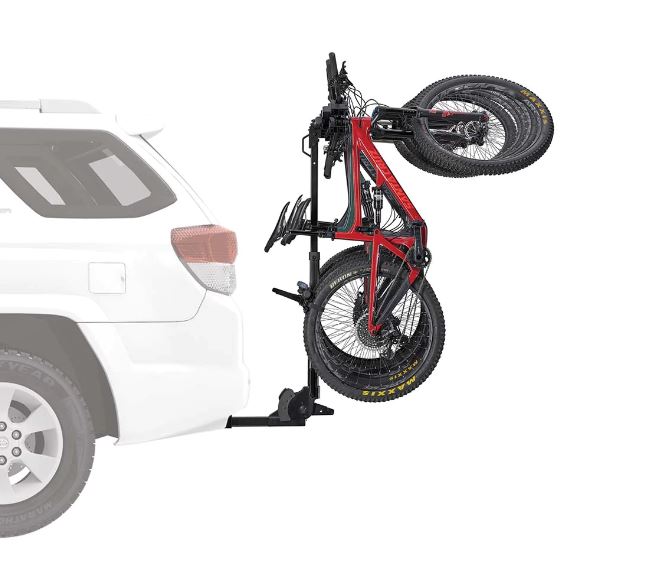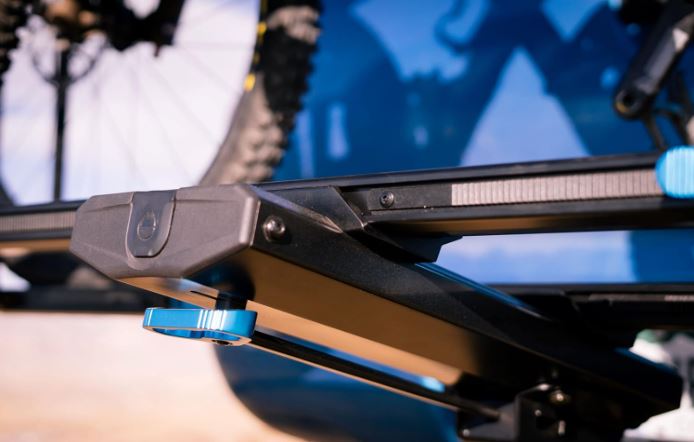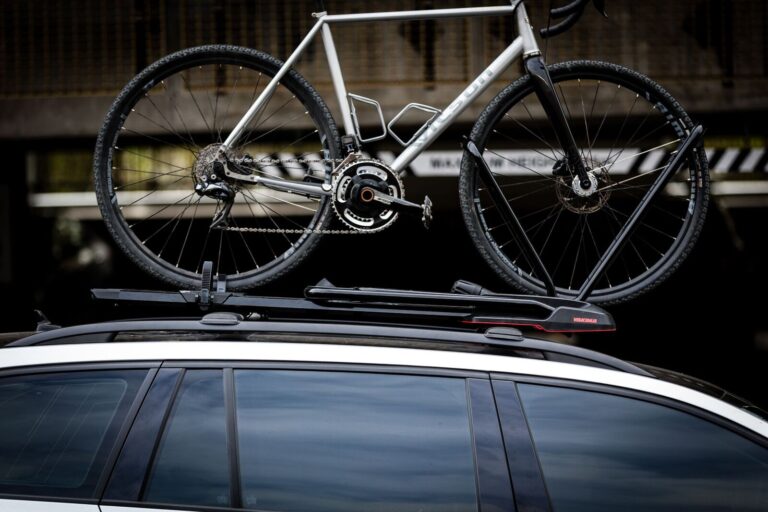Rack ‘Em Up: Maintaining Your Bike Rack for Longevity
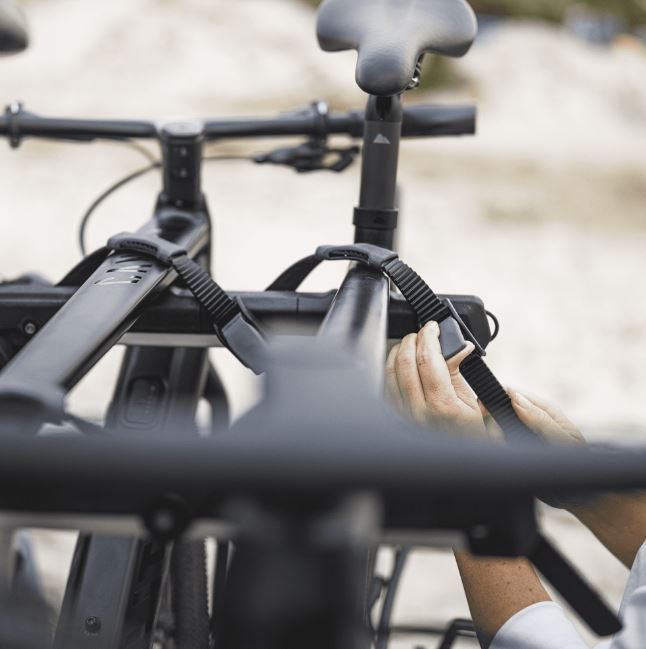
Key Point Summary of Maintaining Your Bike Rack for Longevity:
- Regular Inspection: Check for signs of wear, loose parts, or damage.
- Cleaning: Keep the rack clean from dirt, grime, and salt.
- Lubrication: Apply lubricant to moving parts to ensure smooth operation.
- Rust Prevention: Treat any signs of rust immediately and protect with appropriate products.
- Proper Use and Handling: Use the rack as intended and avoid overloading.
- Storage: Store the rack in a dry, protected place when not in use.
As a masters cyclist with years spent navigating the rugged terrains of mountain biking, the unpredictable paths of gravel biking, and the intense circuits of cyclocross, I’ve come to recognize the silent hero in all my adventures: the bike rack. It’s easy to focus all our maintenance efforts on the bike itself, but overlooking the importance of taking care of the bike rack can lead to untimely wear and tear, ultimately affecting its performance and safety.
Maintaining your bike rack might not be the first thing on your mind after a thrilling day on the trails or an intense race, but trust me, it’s as crucial as cleaning your bike. Through my years of cycling, I’ve learned that a well-maintained rack is not just about longevity; it’s about safety, reliability, and being ready for the next adventure without a hitch (pun intended).
Regular Inspection: The Foundation of Rack Maintenance
The importance of regularly inspecting your bike rack cannot be overstated. After a particularly muddy race, I noticed my bikes weren’t sitting as securely on the rack as they usually did. Upon closer inspection, I found that a significant amount of grime had built up in the cradles and straps, compromising their grip. Now, I make it a point to inspect my rack after every trip, checking for any loose components, wear and tear, or damage that might have occurred during transport. This simple habit can prevent minor issues from becoming major problems down the line.
Cleaning: More Than Just Aesthetics
Keeping your bike rack clean is crucial, not just for aesthetic reasons but for its longevity. Road salt, dirt, and grime can corrode metal parts and degrade plastic components over time. I learned this the hard way when I neglected to clean my rack after a winter ride. The accumulation of road salt accelerated rust formation, particularly in areas where the paint had chipped off. Now, I ensure to give my rack a good rinse, especially after rides in wet or salty conditions, and touch up any paint chips to prevent rust.
Lubrication: The Secret to Smooth Operation
Lubrication is another critical aspect of maintaining your bike rack. Moving parts, such as hinges and locks, need regular lubrication to operate smoothly. I remember preparing for a ride only to find my rack’s hinges had seized up, likely due to a lack of lubrication and exposure to the elements. A bit of lubricant and some elbow grease got it moving again, but now I regularly apply a suitable lubricant to prevent this from happening.
Rust Prevention: An Ounce of Prevention
Rust is the enemy of any bike rack, especially those made of steel. Treating any signs of rust immediately and applying rust-preventative sprays can significantly extend the life of your rack. After noticing early signs of rust on a friend’s rack, we treated it with a rust converter and then applied a protective coating. This not only stopped the rust from spreading but also reinforced the importance of preemptive care in my maintenance routine.
Proper Use and Handling: Avoid Overloading
It’s tempting to try and fit as many bikes as possible onto your rack, but overloading it can strain the rack and your vehicle’s mounting points. I’ve seen racks bent and damaged from carrying more weight than they were designed for. Always adhere to the manufacturer’s weight limits and recommendations to ensure the safety and integrity of your rack.
Storage: The Last Line of Defense
Proper storage of your bike rack, when it’s not in use, is just as important as the care tips mentioned above. Exposure to harsh weather conditions can accelerate wear and tear. I store my rack in a dry, covered area when not in use, which has significantly reduced exposure-related damage.
Maintaining Your Bike Rack for Longevity: Closing Thoughts
The journey of a cyclist is filled with ups and downs, much like the terrains we love to explore. In all these adventures, our bike rack is our steadfast companion, carrying our prized bikes safely to our starting lines and back home again. Taking care of your bike rack with regular inspections, proper cleaning, timely lubrication, rust prevention, correct usage, and adequate storage is not just about prolonging its life but also about ensuring safety and readiness for whatever adventure lies ahead.
As you continue to explore and conquer new terrains, remember that the care you extend to your bike rack reflects the respect you have for your cycling journey. It’s not just a piece of equipment; it’s a part of your cycling story.
Top Picks
The most recommended often depend on specific needs, such as the type of vehicle, the number of bikes being transported, and personal preferences regarding mounting styles. Here are three highly recommended bike racks, each excelling in its category:
Thule T2 Pro XTR: This hitch-mounted bike rack is praised for its robust construction, ease of use, and security features. It accommodates bikes of all sizes and shapes, making it a versatile choice for cyclists who ride different types of bikes. The T2 Pro XTR is known for its tool-free attachment, which makes it easy to install and remove, and it includes integrated cable locks for added security.

Yakima HighRoad: For those who prefer a roof-mounted solution, the Yakima HighRoad is often recommended. It secures the bike by the front wheel, avoiding contact with the frame, which is a significant plus for those with carbon frames or concerned about potential damage. Its streamlined design and ease of installation are highlights, along with its universal fit to most roof rack systems.

Saris Bones 2-Bike Trunk Rack: If you’re looking for a trunk-mounted rack, the Saris Bones is a standout for its strength, durability, and the fact that it’s made from 100% recyclable materials. Its unique design fits a wide variety of vehicle types, and it’s known for being exceptionally stable and secure for transporting bikes. The Saris Bones rack is also praised for its ease of installation and its ability to protect both the vehicle and the bikes during transit.

Each of these racks has been recognized for its quality, functionality, and reliability, making them excellent choices depending on your needs and vehicle type. Always consider factors such as the number of bikes you need to transport, the type of vehicle you have, and the specific features that are most important to you, such as security, ease of loading/unloading, and how the rack mounts to your vehicle.
FAQ
How do you maintain a bike rack?
Regularly inspect for wear and damage, tighten all bolts and knobs, clean off dirt, grime, and salt, lubricate moving parts, and follow the manufacturer’s guidelines for care and maintenance.
How do I keep my bike rack from rusting?
Apply a rust-resistant spray or paint on exposed metal surfaces, promptly treat any signs of rust with a rust remover or converter, and keep the rack clean and dry, especially after exposure to salt or moisture.
How do I protect my bike rack?
Use a protective cover when not in use, avoid overloading it beyond its weight capacity, store it in a dry, sheltered place to minimize exposure to the elements, and use touch-up paint on any scratches or chips to prevent rust.
How can I make my bike last longer?
Keep it clean, regularly check and adjust brakes and gears, lubricate the chain, store it indoors or under cover, inflate tires to the correct pressure, and routinely inspect for wear and replace parts as necessary.
Stay safe
John
